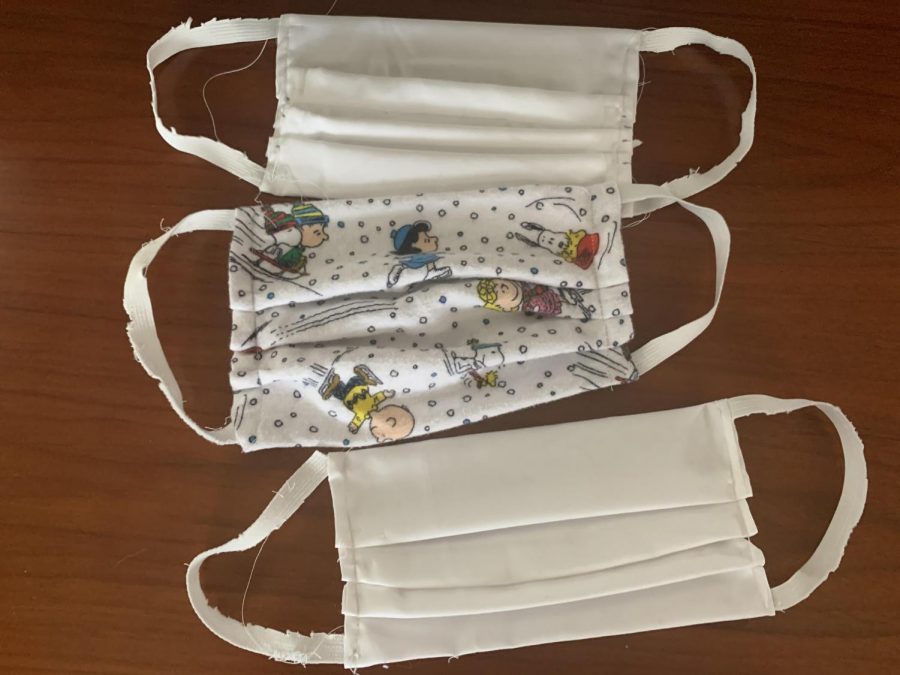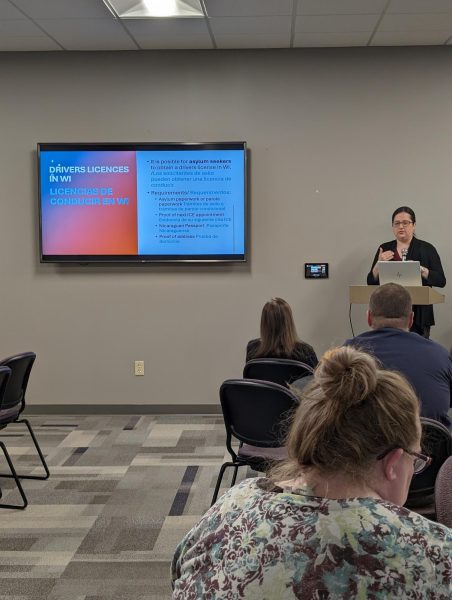How to make your own homemade essentials
April 20, 2020
Everyone is trying to find the best ways to be safe in these trying times. With limited supplies and a huge demand for hygienic products, people started to get very creative. Homemade cloth facemasks and homemade hand sanitizers are extremely handy and very easy to make.
Whether hand sanitizer is too expensive for you right now, or it is just out of stock, here is a couple of recipes from WIRED so you can make your own.
The quick (gel) recipe: For this recipe, all you need is aloe vera gel, Isopropyl alcohol, and tea tree oil. Mix 3 parts isopropyl alcohol to 1 part aloe vera gel, and a few drops of tea tree oil to give it a pleasant scent.
The better (spray) recipe: The aloe mixture gets the job done, but aloe also leaves your skin annoyingly sticky. So, here’s a recipe that’s less sticky and more potent, based on the mix recommended by the WHO: Isopropyl alcohol, glycerol or glycerin, hydrogen peroxide, distilled water, and a spray bottle. Mix 12 fluid ounces of alcohol with 2 teaspoons of glycerol. You can buy jugs of glycerol online, and it’s an important ingredient because it keeps the alcohol from drying out your hands. If you can’t find glycerol, proceed with the rest of the recipe anyway and just remember to moisturize your hands after applying the sanitizer. Mix in 1 tablespoon of hydrogen peroxide, then 3 fluid ounces of distilled or boiled (then cooled) water. (If you’re working with a lower-concentration solution of rubbing alcohol, use far less water; remember, at least ¾ of your final mixture has to be alcohol.) Load the solution into spray bottles—this isn’t a gel, it’s a spray. You can wet a paper towel with it as well and use that as a wipe. If you must, you can add in a splash of essential oil to your concoction to make it smell nice.
Jordan Donner, manager at Arcon Beverage, decided to make her own hand sanitizer since everywhere in town was sold out.
“It was actually pretty easy to make. I mixed half Everclear with half aloe vera and made a solid replacement for my employees,” said Donner.
Now to DIY face masks. According to the CDC, “In settings where facemasks are not available, HCP might use homemade masks (e.g., bandana, scarf) for the care of patients with COVID-19 as a last resort. However, homemade masks are not considered PPE, since their capability to protect HCP is unknown. Caution should be exercised when considering this option. Homemade masks should ideally be used in combination with a face shield that covers the entire front (that extends to the chin or below) and sides of the face.”
These masks will help slow the spread of COVID-19 in places where it is difficult to social distance. So you can use something around the house like a scarf or a bandana, or you can make a mask as well.
What most people have been doing is using old clothing with fun designs to try and make the most of the situation.
“My family is using cotton fabric lying around the house like old t-shirts and pajama pants,” said Wendy Springgate.
The best part about using old clothing is that it can cost nothing at all to make the mask. All you have to do is cut out the shape of the mask with enough material to tie the ends around the back of your head. Or, if you don’t have a sewing machine, you can just use the shirt for the front of the mask and string. Just fold the shirt over the string and use some safety pins to secure them.
“I started by looking online at other people who had made masks,” said Scott Springgate. “And I knew how to use a sewing machine and I like to be creative. But I also didn’t want to make something that was so difficult that it would take all day to make.”
Whether you can support local artists and buy masks that they make, or you make your own at home, please take the necessary precautions when you go in public.
Wear a mask and wash your hands. Stay safe everyone.























